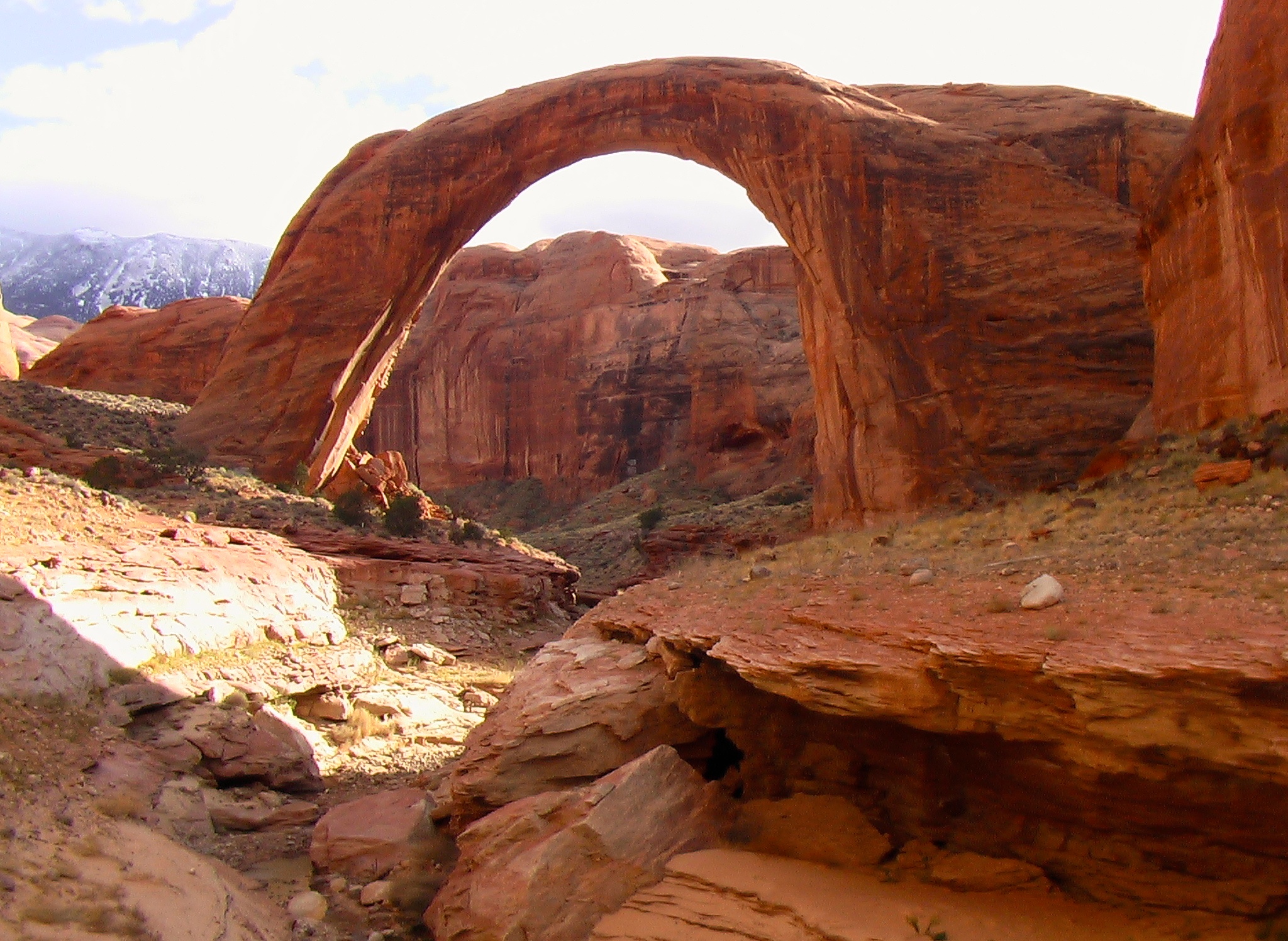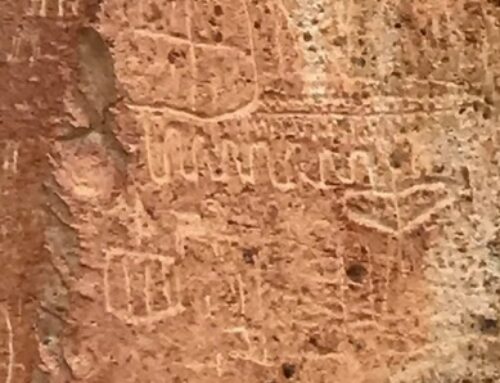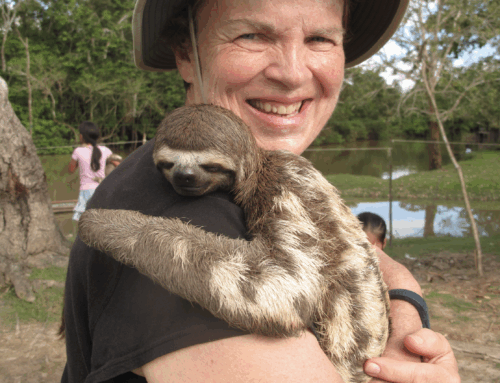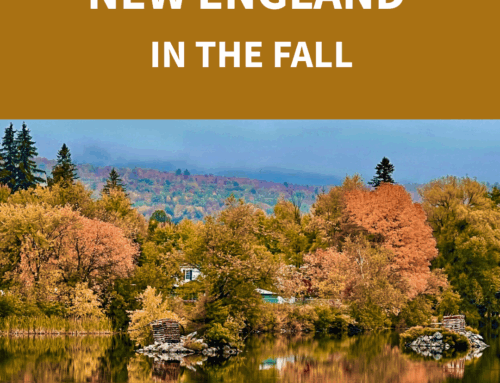In 1962, when I was still in high school, one of my teachers told me about an opportunity that made my heart leap. It was a river trip—an adventure down the Colorado River, just before the waters of Glen Canyon would begin to rise and change the landscape forever with the creation of Lake Powell.
Of course, I signed up.
Back then, the river still flowed wild and free, carving its way through deep canyons of red rock. Our group floated along its current, awed by the towering cliffs and the raw, untamed beauty of the Colorado Plateau. Somewhere along the way, we pulled to the riverbank and began a hike—about a mile and a half to two miles—up a narrow canyon that seemed to glow in the sunlight.
What we found at the end of that trail took my breath away.
Rainbow Bridge.
It soared above us like something out of a dream—an enormous arc of Navajo sandstone that looked as if it had been sculpted by the wind itself. Back then, there were no fences, no restrictions, and no lake below. We scrambled up the side of the canyon and stood on top of the bridge itself, a view I will never forget. The sense of wonder, of standing on something so ancient and sacred, has never left me.
Today, Rainbow Bridge is still one of the largest natural bridges in the world, but much has changed since my visit in 1962.
Rainbow Bridge National Monument Today
Rainbow Bridge is located in southern Utah, within what is now Glen Canyon National Recreation Area. It became a National Monument in 1910 and remains one of the most iconic geological formations in the American Southwest. The arch spans 275 feet and rises 290 feet from its base to the top—taller than the Statue of Liberty!
For the Navajo people and other Native American tribes, Rainbow Bridge is a sacred site, representing the connection between earth, sky, and the spirits. Out of respect for its cultural significance, visitors are now asked not to walk on or climb the bridge.
When Lake Powell was created in the 1960s by the Glen Canyon Dam, the rising waters of the reservoir flooded much of the original canyon route. Today, most visitors reach Rainbow Bridge by boat across Lake Powell, followed by a short hike. The original overland trail is no longer the primary access point due to the lake’s presence, although it’s still possible with a backcountry permit and a long, strenuous hike from Navajo Mountain.
Then and Now
My memory of standing atop Rainbow Bridge is a rare one—something that could only have happened during that brief window before the landscape changed. I often reflect on how lucky I was to see it in that raw and sacred state.
Now, Rainbow Bridge is protected, respected, and approached with reverence—which I deeply honor. But in my heart, I still hold that moment from my youth, when adventure called and I followed the river to a place where earth and sky touched.








